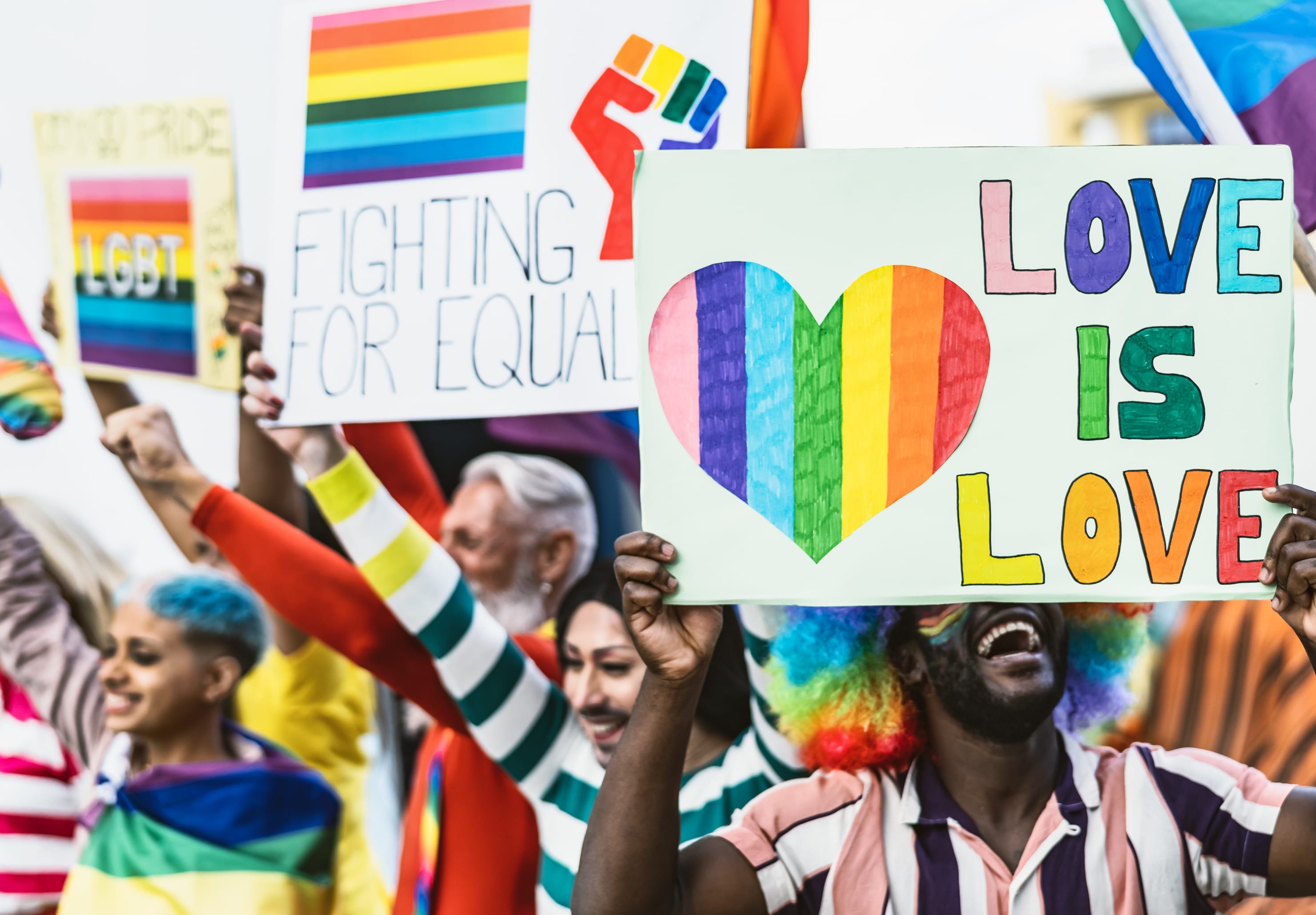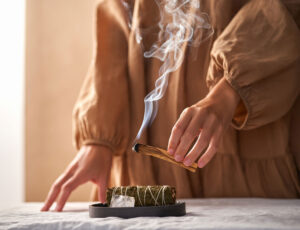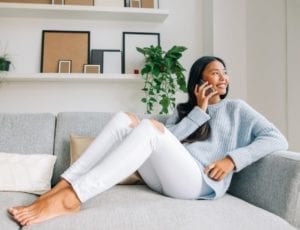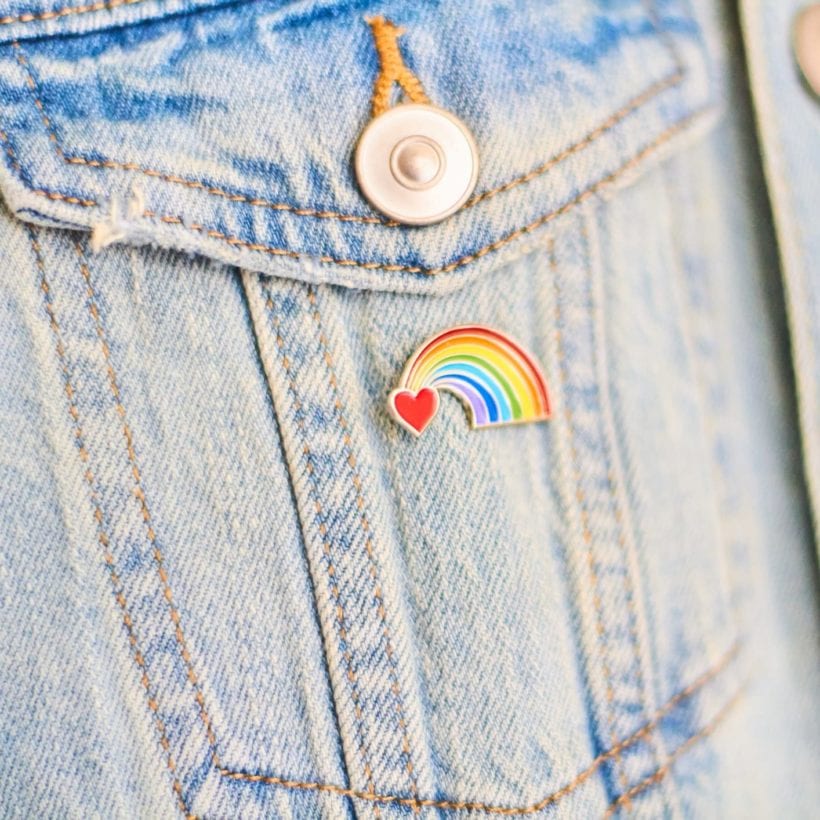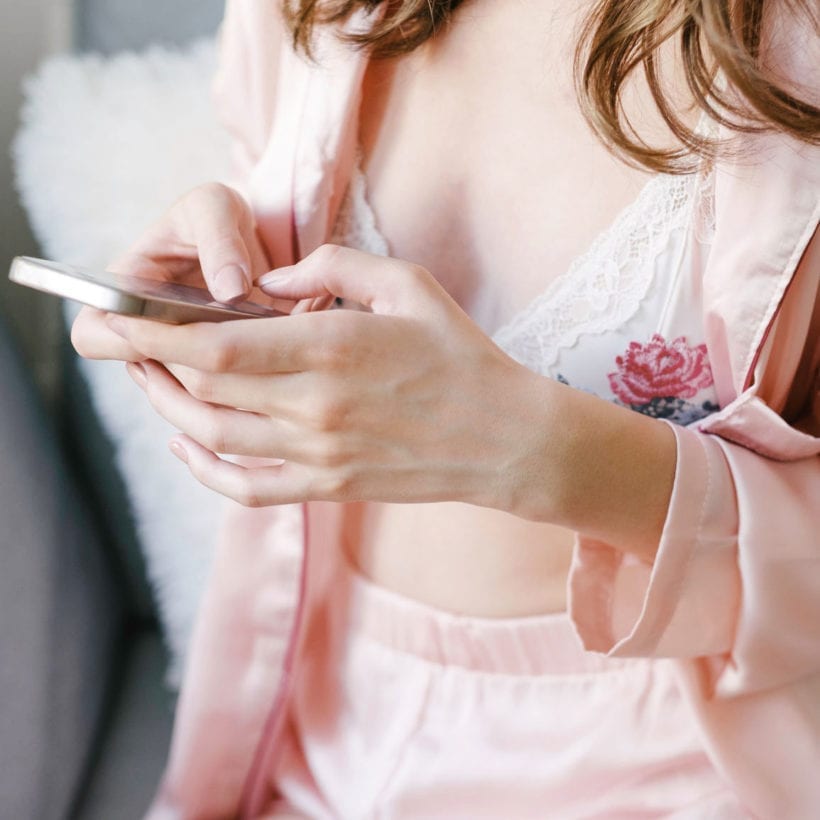June is a particularly significant month for the LGBTQ+ community and their allies. Pride started off as a single day to honor the Stonewall riots, a huge turning point for the gay rights movement. Now, in most cities, it’s an entire month of events to recognize the impact that the LGBTQ+ community has had on history. The most beloved tradition that most people look forward to is the annual Pride march. The first one in NYC was held on June 29, 1970 (on the first year anniversary of the Stonewall uprising), and it’s become an annual tradition that attracts millions of people around the world. In 2019, about five million people attended World Pride in NYC — shattering its prediction of three million attendees.
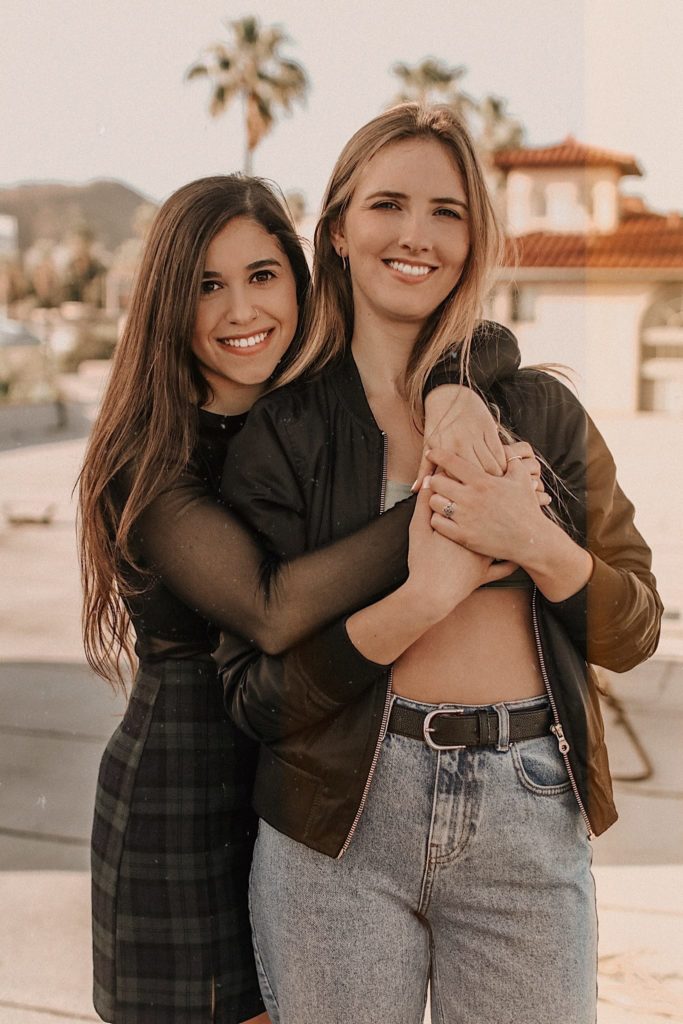
After converting into mainly virtual programs in 2020, excitement is buzzing for pride parades to return to in-person this year. If you’ve never been to a Pride march, you might be wondering what to expect. For advice on how to prepare, we enlisted the help of Tiana DeNicola and Sophie Dunne, co-founders of Shifting Her Experience, a digital platform and podcast that explores LGBTQ+ issues and topics like gender stereotypes, feminism, and sexuality. (P.S. next month, check out their new Pride Month podcast episodes on LGBTQ+ representation in media as well as one discussing how “there’s no one way to look gay.”) Read on below:
Do I have to identify as LGBTQ+to attend?
“Anyone of any identity can attend a Pride event. All that’s asked by the LGBTQ+ community is that if you are not a part of the community, please be respectful of it — it’s a great opportunity to show your allyship. It’s so important to recognize that at the end of the day, Pride is about equality and for the LGBTQ+ experience to be normalized,” says DeNicola. You do not need to be “out” or disclose your gender identity to celebrate Pride.
Can you attend by yourself?
Just like any other parade, you can attend a Pride event alone. “I think attending Pride alone is a great way to make new friends and many people in the LGBTQ+ community are very accepting [especially if it’s your first experience],” says Dunne. You could come and go as you please so you can attend a part of it on your own and a part of it with friends. “It can feel less overwhelming if you go with people you feel comfortable with,” says Dunne. “The Pride parade is also very family-friendly and a lot of LGBTQ+ couples bring their children. There are people from all walks of life that show their support — from couples to friends and younger generations to older generations. It’s really a time of coming together and a time of positivity,” whether you show up solo or in a group, adds DeNicola.
What can you expect to happen at a Pride parade?
“Usually a Pride parade is full of dancing, cheering, and, of course, the actual parade itself. In some cities, after the parade is over, a lot of venues will host after-party events that you can attend. So, sometimes the whole street just turns into a big party afterward, too,” says DeNicola.
How do I find my nearest event? Are there ways to celebrate virtually if you’re uncomfortable with crowds?
“The International LGBTQ+ Travel Association is a great resource to find the nearest event to you regardless of where you live in the world. Many events do take place in person, but there are plenty of virtual events that you could find online,” says DeNicola. With the pandemic, many Pride events have turned into digital events to offer more flexibility.
Is there drinking involved?
“A lot of Pride events do involve drinking,” says DeNicola. But keep in mind that while there might be social pressure to drink, you absolutely do not need to consume alcohol. “There are also events like picnics, art festivals, and charity fundraisers that aren’t centered around alcohol,” says DeNicola. There are specifically sober Pride events as well. For example, New York City has the Gay & Sober Circle Line Cruise that’s meant for all people to celebrate and dance while sober. On that note: The pros advise to definitely bring some extra water bottles to stay hydrated, particularly during the Pride March — whether you plan on drinking or not.
What’s an appropriate thing to draw/write on a sign if you want to bring one?
“We saw a sign once that said, ‘I am…’ then it followed with the words ‘gay,’ ‘straight,’ and ‘bisexual’ crossed out. At the bottom, it read: ‘a person.’ It was really powerful because, at the end of the day, we are just people who, unfortunately, society has deemed as different. But we are people who deserve to be treated as equals,” says Dunne. “As a fem-presenting gay couple ourselves, we would probably write something like: ‘We’re a couple, not just friends’ — since everyone thinks we’re just friends all the time,” adds DeNicola.

In NYC, the official theme for 2021 is “The Fight Continues” so any message of justice and equality on your sign is appropriate. You can march without a sign, but it’s a great way to stand out from the crowd and show your support even further.
What do I wear to a Pride parade?
“I would say wear whatever makes you feel like you. Pride is a time to celebrate who you are, especially if you identify as LGBTQ+. The great thing about Pride as a whole is that it’s really a time of love and acceptance. So, this is the perfect time to wear that outfit you’ve been storing away in your closet for a special day,” says DeNicola. If you don’t already know, anything rainbow goes.
On that note, what’s the significance of the rainbow at Pride?

The rainbow flag is a symbol that represents the diversity of the LGBTQ+ community. The first rainbow flag was created by gay activist Gilbert Baker in 1978. The flag featured eight colored stripes, each one representing sex, life, healing, sunlight, nature, magic and art, serenity, and spirit. Another way of looking at the rainbow representation is that “each color represents an identity. So, purple is bisexual, and so on,” says DeNicola. “There are different Pride flags over the years, too, and more colors have been added to them recently,” adds Dunne. The community has been adopting the newer “Progress Flag,” which was designed by Daniel Quasar in 2018 to include the colors black and brown to represent people of color.
What if I’m part of the LGBTQ+ community, but I don’t feel like going to a Pride parade?
It’s completely voluntary and up to your personal preferences how you want to celebrate Pride. There are plenty of ways to support the cause that doesn’t involve physically showing up.
